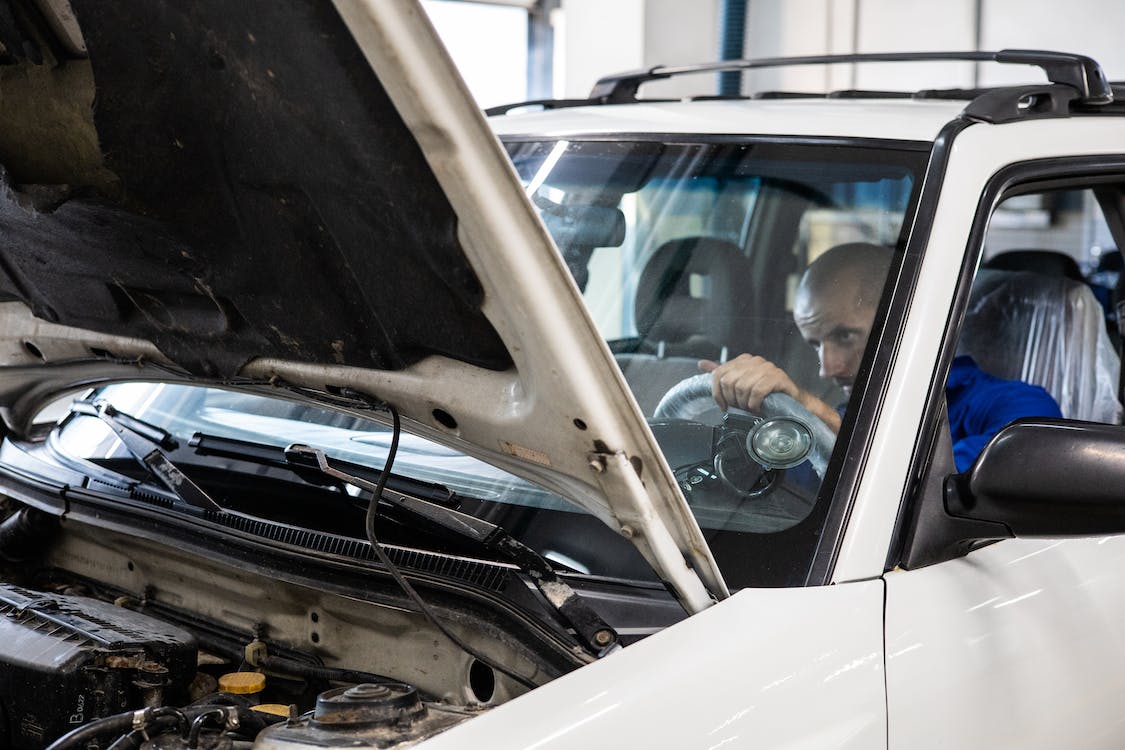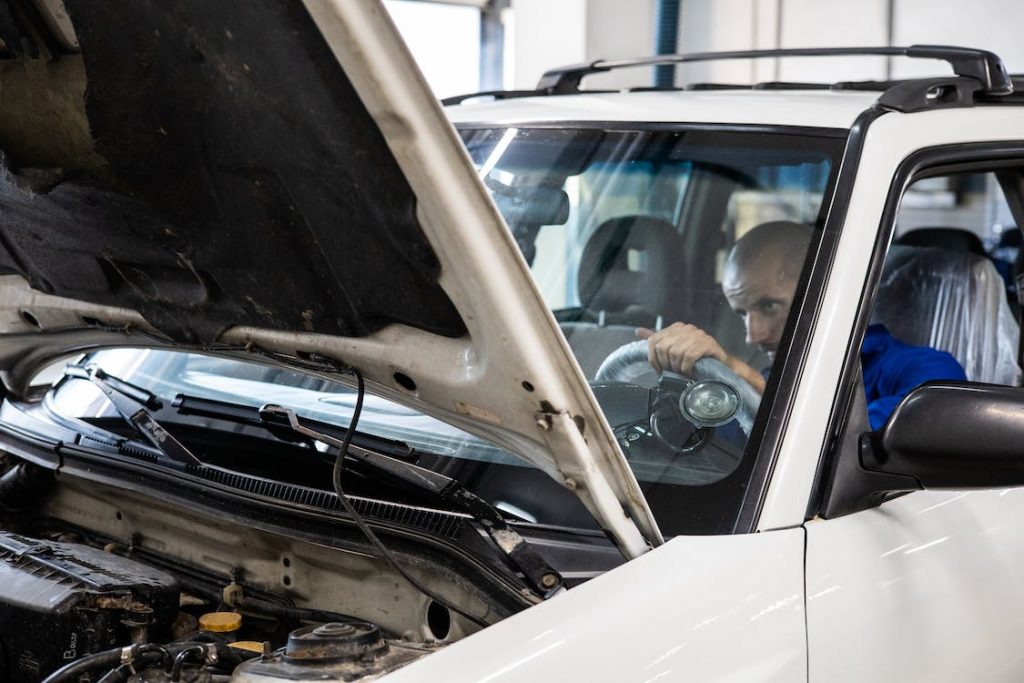Regular brake system bleeding is essential for its proper functioning and safety. The brake bleeder allows you to perform this maintenance action in your garage. This operation usually requires two people to bleed each wheel while the other presses the brake pedal.
Brake bleeder: bleeding principle
Thermal cars are made like this: to function, they must burn their fuel at a very high temperature to produce energy.
The same applies to the braking system: the discs and pads generate a lot of heat when you want to slow down your vehicle.
Unfortunately, this causes condensation in the brake hoses and reduces the brakes’ effectiveness. For example, if your brake fluid fills with water, your braking distance will increase. Eventually, the entire brake system can become clogged and malfunction. So don’t neglect brake bleeding!
Good to know: even without being a professional mechanic, you can anticipate your car’s needs by recognizing a few warning signs of failure: if your pedal is soft, if your braking distance is increasing, it’s time to invest in a brake bleeder!
What is a brake bleeder?
A brake bleeder is designed to drain pressurized hydraulic fluid from a brake system when it is no longer needed, replacing it with new, better-performing fluid. This is usually done every two years.
Note: The brake bleeder can also bleed hydraulic clutch systems.
How a brake bleeder works
Installation

First, fill the bleeder with new brake fluid, as recommended by your car manufacturer.
Next, unscrew the cap from the brake fluid filler hole under the hood. Then screw on the bleeder cap, and install the brake bleeder hose fitting. Finally, use the hand pump to pressurize the bleeder to 1.5 or 2 bar, depending on the unit you are using.
Bleeding
Now you need to bleed each wheel, starting with the one furthest from the master cylinder: usually the right rear wheel on a left-hand drive car.
Next, remove the wheel and attach a hose to the bleeder screw at the back of the hub, which is connected to a container. Collect the old brake fluid and loosen the bleeder screw until the bubbling air and fluid drain out. When the brake fluid that flows out is clear, without air bubbles, you can tighten the bleeder screw. Then repeat the operation at the other wheels in a diagonal pattern.
Between each operation, check the pressure of the bleeder system. If it drops, pump again to build up the pressure. After bleeding all four wheels, release the pressure from the bleeder through the relief valve. Disconnect the hose from the unit to the cap, then unscrew the bleeder cap from the brake fluid reservoir of the master cylinder. Check the fluid level in the reservoir and top it off if necessary. Now replace the reservoir cap.
Pistol-type brake bleeders
With pistol-type brake bleeders, start by pressurizing the unit after installing the reservoir, hose, nipples, and pressure gauge.
Unscrew the cap from the car’s brake fluid reservoir and pump it out again. Then fill it with new fluid. Connect the bleeder adapter to the bleeder screw on each wheel, pump to vacuum, then bleed each wheel, checking the new fluid level between each wheel bleeds.
- Maintain the vacuum with the hand pump during this process.
- Have a container handy to empty the bleeder tank when it is full.
- Top off the master cylinder fluid reservoir at the end of the blowdown.
Recommendations
Here are several recommendations to follow when using your bleeder:
– Once the system has been bled, start your vehicle and depress the pedal half a dozen times to ensure the brake pedal is hard.
– If the brake pedal sinks to the floor, air is still in the brake system and is not bled properly. In this case, you’ll have to do it all over again.
– Remember to clean your brake bleeder with dry cloths or paper towels after each use. Do not get water in it.
– Brake fluid is a very corrosive chemical. Avoid spilling it on your car’s body paint, even if current products are less corrosive.
– Take your used brake fluid to a service station or garage near your home for recycling.
Good to know: bring more brake fluid than you need to top up after bleeding, or repeat it if necessary.
Brake bleeder price
Brake bleeders are available at all automotive specialty stores and online retailers. You can also find them in supermarkets as their efficiency and usefulness are no longer to be proven.
Pistol-type bleeders start at $35, and large reservoir systems with a pump start at $65.





One thought on “How a Brake Bleeder Works”